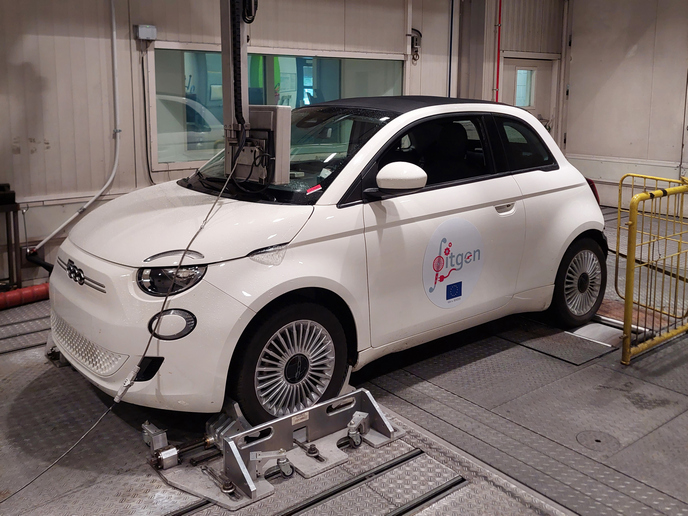Extending the range of electric vehicles
On paper, the electric vehicle (EV) looks well-positioned to become the future of transportation. In terms of breaking our dependence on fossil fuels, decreasing carbon emissions and lowering noise levels, the EV seems to tick all the right boxes. So, what’s the catch? “The world is yet to see the benefits of large-scale electric vehicle adoption as fears over range anxiety remain a key barrier for purchase,” says Nathan Bailey, Project Coordinator of the EU-funded CREEV (Novel Compound Rotary Engine Range Extender for Electric Vehicles) project. “As a result, while 44 % of drivers consider environmental friendliness an important factor when buying a car, only 5 % even consider an EV due to range concerns.” Traditionally, EV manufacturers addressed this issue using range extender engines. However, existing extenders tend to be too large and offer insufficient power density, thus limiting their use in small commercial and domestic vehicles where space remains a premium. What manufacturers need is a breakthrough innovation in EV range extender technology that significantly improves power density while also providing high-efficiency and low emissions, noise and vibration. What they need is CREEV. “By taking advantage of available rotary type engines for compact applications and applying CREEV’s patent-protected innovations, we created a novel, high-efficiency, low-emission compact rotary engine range extender for electric vehicles,” explains Bailey. An enabling technology Rotary engines offer many advantages, including their small size, low weight, limited vibration and high-power density. But due to their significant exhaust energy, heat and emissions, these engines have been overlooked as a possible EV solution. However, these limitations can be overcome by pairing the rotary engine with a rotary exhaust expander unit like CREEV. For example, by expanding the gas to near atmospheric pressure before it leaves the expander unit, CREEV reduces overall engine noise and heat. CREEV then acts as an exhaust reactor, consuming unburned exhaust products during the expansion process and reducing the emissions of HC, CO and NOx. Furthermore, because the expansion of gas is controlled within a secondary rotor chamber, exhaust energy that would otherwise be lost is recouped back into the engine drive. This alone increases the overall efficiency of the engine package by up to 20 %. “A compact solution, CREEV adds to the existing advantages of the rotary engine’s low weight, smooth operation, efficient recharging capacity and small size,” says Bailey. “It has proved to be a vital enabling technology for extending the range of pure-electric vehicles, where battery technology is still very limited in terms of range, weight and re-charging time.” Attracting significant interest With the market for EVs in Europe growing by 1 300 % in the last two years, CREEV offers a market opportunity worth an estimated EUR 79 million over six years. Not surprisingly, the project has attracted significant interest, including from a large OEM. Currently, project researchers are working with the OEM to develop a road-worthy, pure-electric van that will serve as a test-bed for demonstrating the benefits of implementing CREEV into hybrid electric vehicles. “We continue our engagement with EV OEMs and operators, testing and refining our solution,” adds Bailey. “As a result of this ongoing work, I am confident that CREEV will soon see wider use in the light commercial EVs of today and the autonomous ones of tomorrow.”
Keywords
CREEV, electric vehicles, EV, range extender engines, rotary engine







